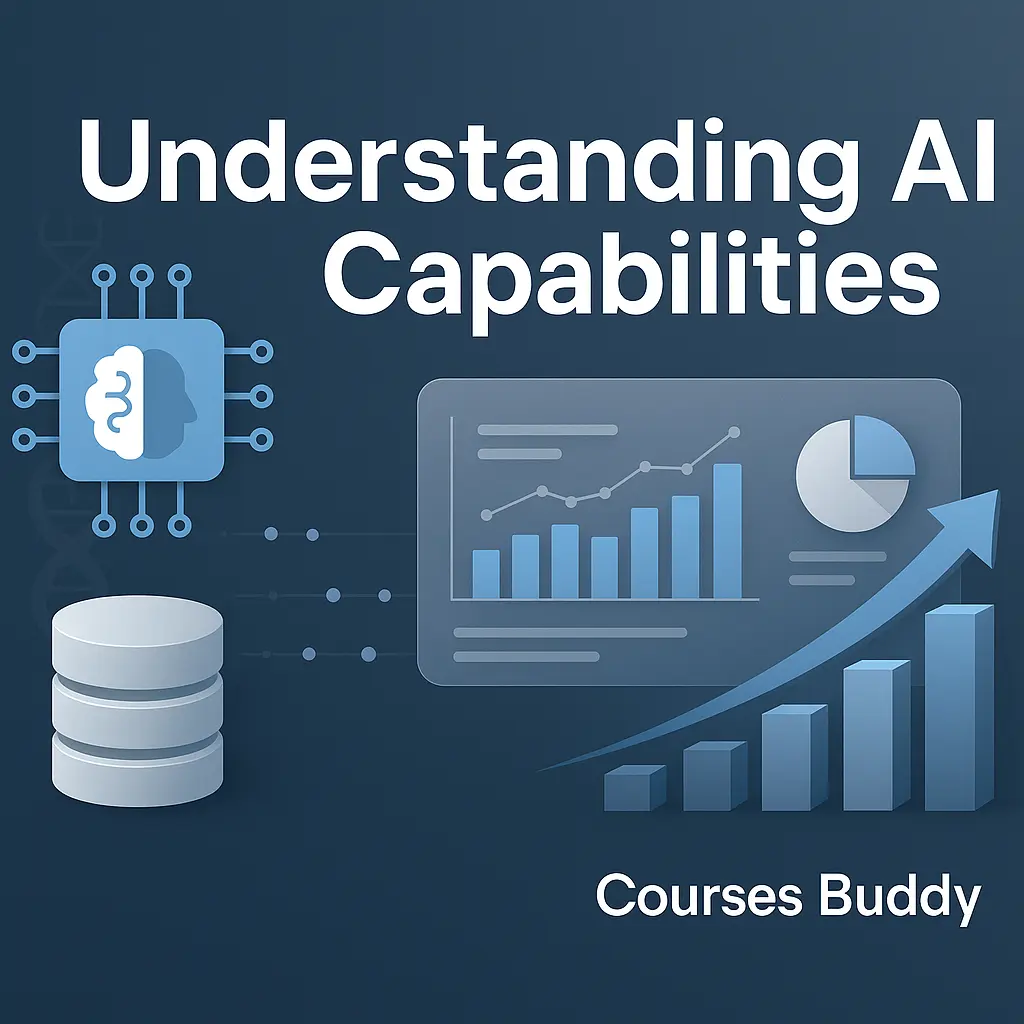How Neural Networks Power Face Recognition

How Neural Networks Power Face Recognition
Face recognition is one of the most fascinating real-world applications of artificial intelligence. But how exactly does a neural network look at a picture and identify someone’s face with such accuracy? In this course guide from Courses Buddy, we break it down step by step.
How Do Neural Networks “See” Images?
When humans look at a photo, we instantly recognise faces, objects, and backgrounds. But for a computer, the process begins with numbers.
a) Pixel-Based Vision
A digital image is made up of tiny units called pixels, each holding brightness and colour values. For example:
-
Grayscale images: Each pixel is represented by a single value indicating brightness (from black to white).
-
Colour images: Each pixel includes three values—red, green, and blue (RGB).
So, a 1000×1000 pixel colour image contains 3 million values (1000 × 1000 × 3). That’s the raw data a neural network receives as input.
The Face Recognition Process
Let’s now explore how a neural network processes this data to identify faces.
1. Input Layer
The network takes all pixel values from the image—millions of numbers—and feeds them into the system.
2. Processing Layers
The image data passes through multiple layers of artificial neurons. Each neuron performs calculations to detect specific patterns.
3. Feature Detection (Early Layers)
Initial neurons detect simple features—like edges, lines, or shapes.
4. Feature Construction (Deeper Layers)
As we go deeper into the network, the neurons combine simple features into complex facial parts—eyes, nose, lips, and so on.
5. Final Output
In the final step, the network compares the detected face features with its trained data and predicts the person’s identity.
What Makes Neural Networks So Powerful?
Here’s where the magic of deep learning truly shines:
✔ No need to define features manually: You don’t tell the network what an eye or a nose looks like.
✔ The model learns by itself: It figures out what matters by analysing enough labelled data (images + names).
✔ It improves with more data: The more examples it sees, the better it performs.
Why Face Recognition Is a Perfect Example
Face recognition is a complex task—but neural networks handle it elegantly by learning hierarchical patterns. This same principle powers voice recognition, medical imaging, handwriting analysis, and even autonomous vehicles.
With proper training and architecture, neural networks can solve remarkably sophisticated problems—automating what once required human perception.
Final Thoughts
From millions of pixels to accurate identity predictions, neural networks show just how powerful deep learning can be when applied effectively. At Courses Buddy, we aim to demystify AI concepts through real-world examples so you can confidently build your understanding.